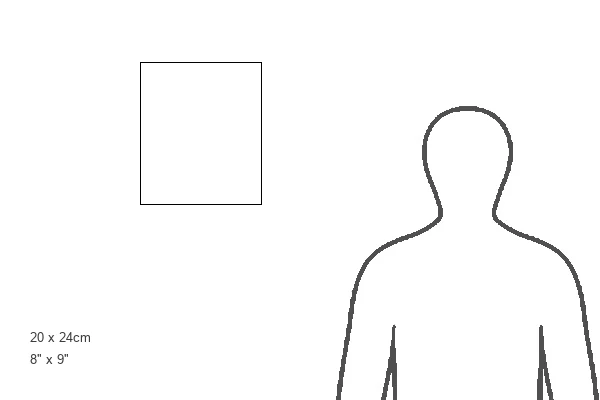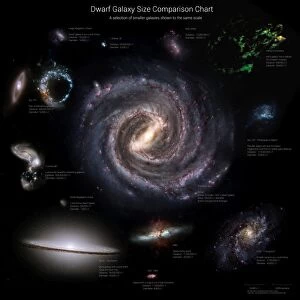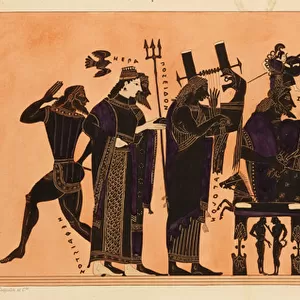Mouse Mat : Carolinian natives of the Marianas
![]()

Home Decor From Mary Evans Picture Library
Carolinian natives of the Marianas
Carolinian natives of the Marianas.. Handcolored lithograph from Friedrich Wilhelm Goedsches Complete Gallery of Peoples in True Pictures, Meissen, circa 1835-1840
Mary Evans Picture Library makes available wonderful images created for people to enjoy over the centuries
Media ID 14209383
© Florilegius / Mary Evans
Anthropology Cape Completegalleryofpeoplesintruepictures Ethnography Friedrichwilhelmgoedsche Loincloth Marianas Natives Tattoo Tattooed
Mouse Pad
Standard Size Mouse Pad 7.75" x 9..25". High density Neoprene w linen surface. Easy to clean, stain resistant finish. Rounded corners.
Archive quality photographic print in a durable wipe clean mouse mat with non slip backing. Works with all computer mice
Estimated Image Size (if not cropped) is 15.1cm x 23.7cm (5.9" x 9.3")
Estimated Product Size is 20.2cm x 23.7cm (8" x 9.3")
These are individually made so all sizes are approximate
Artwork printed orientated as per the preview above, with portrait (vertical) orientation to match the source image.
EDITORS COMMENTS
This handcolored lithograph, titled "Carolinian Natives of the Marianas," is an intriguing glimpse into the cultural practices and traditions of the indigenous people of the Marianas Islands during the early 19th century. The image, taken from Friedrich Wilhelm Goedsche's Complete Gallery of Peoples in True Pictures, published in Meissen around 1835-1840, captures a group of Carolinian natives engaged in a lively dance. In the foreground, a man wearing a loincloth and a cape adorned with shells and feathers, holds a large drum, while a woman, also dressed in a loincloth and a skirt made of leaves, dances with a baby in a basket on her back. Another woman, with her arms raised and her chest adorned with intricate tattoos, joins in the dance. The Carolinian natives of the Marianas are known for their distinctive tattoos, which were applied using a sharp bone or shell and a mixture of charcoal and oil. The tattoos were believed to represent various aspects of the wearer's identity, including their social status, age, and personal achievements. The lithograph also provides a glimpse into the daily life of the Carolinian people, with their simple yet functional baskets and their close connection to nature. The Marianas Islands, located in the western Pacific Ocean, were first discovered by European explorers in the late 15th century, and were later colonized by Spain, Germany, and the United States. This image offers a valuable record of the customs, costumes, and history of the Carolinian people, and is a testament to the rich cultural heritage of the Marianas Islands.
MADE IN THE USA
Safe Shipping with 30 Day Money Back Guarantee
FREE PERSONALISATION*
We are proud to offer a range of customisation features including Personalised Captions, Color Filters and Picture Zoom Tools
SECURE PAYMENTS
We happily accept a wide range of payment options so you can pay for the things you need in the way that is most convenient for you
* Options may vary by product and licensing agreement. Zoomed Pictures can be adjusted in the Basket.











